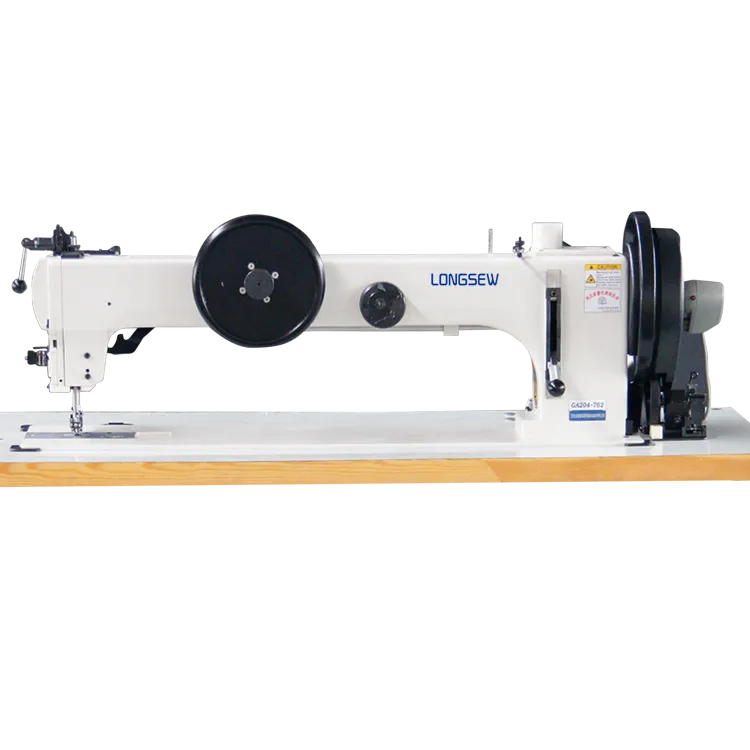jumbo bag lock stitch sewing
Understanding Jumbo Bag Lock Stitch Sewing A Comprehensive Guide
In the world of industrial sewing, few techniques hold as much significance as the lock stitch. Particularly when it comes to manufacturing jumbo bags, this sewing method offers unparalleled strength and durability, essential for the safe containment of bulk materials. Jumbo bags, also known as FIBCs (Flexible Intermediate Bulk Containers), are designed to hold a variety of products including grains, powders, and chemicals. The sewing process that constructs these bags plays a crucial role in ensuring they can withstand rigorous handling and transportation, which is where lock stitch sewing comes into play.
What is Lock Stitch Sewing?
Lock stitch sewing is a method that uses two threads to create a secure stitch. It involves a needle thread, which is threaded through the fabric, and a bobbin thread, which is located below the fabric. When the needle penetrates the fabric, it forms a loop that the bobbin thread catches, thereby locking the two threads together. This technique not only creates a strong seam but also offers excellent resistance to unraveling, making it ideal for jumbo bag construction.
Advantages of Lock Stitch Sewing for Jumbo Bags
1. Strength and Durability The primary advantage of using lock stitch for jumbo bags is the strength of the seams. Given that these bags often carry heavy loads, the stitches must be robust enough to prevent them from bursting under pressure. Lock stitches provide the tensile strength required for this application, ensuring the bags can handle the weight without compromising safety.
2. Puncture Resistance Lock stitch seams are less likely to rupture or tear, which is vital when transporting sharp or abrasive materials. The tight locking mechanism of the stitch contributes to the overall integrity of the bag, reducing the likelihood of punctures that could lead to product loss.
3. Versatility This sewing method can be employed on various materials commonly used for jumbo bags, including polypropylene and woven fabrics. The ability to adapt to different materials makes lock stitching a popular choice among manufacturers, allowing for the production of bags tailored to specific needs.
4. Aesthetic Appeal While functionality is paramount, aesthetic considerations also matter. Lock stitches can create clean and professional-looking seams, giving the final product a polished appearance. This can be particularly important in industries where brand presentation is critical.
jumbo bag lock stitch sewing

The Sewing Process Steps Involved
The sewing of jumbo bags using lock stitch involves several crucial steps
1. Material Preparation Before any sewing takes place, the materials are prepared. This includes cutting the fabric to the desired dimensions and ensuring all edges are ready for stitching.
2. Setup of the Sewing Machine Industrial sewing machines designed for lock stitch sewing are outfitted with the right needles and threads for the type of material being used. The bobbin is filled with thread and inserted correctly, while the needle is threaded appropriately.
3. Sewing the Bag The actual sewing process begins, with the machine operator guiding the fabric under the needle. Precision is key here to ensure straight seams and consistent stitching. Operators often run the machine at high speeds to increase productivity.
4. Final Inspection After the bags are sewn, they undergo a thorough inspection to check for any defects. This includes evaluating the strength of the seams and ensuring that there are no loose threads or imperfections.
5. Quality Control To maintain high standards, quality control measures are put in place. Random samples may be tested for load-bearing capacity before the bags are delivered to customers.
Conclusion
Lock stitch sewing is an essential technique in the production of jumbo bags, providing the strength, durability, and reliability needed for transporting bulk materials safely. By understanding the benefits and processes of lock stitch sewing, manufacturers can enhance their production efficiency and create high-quality products that meet the rigorous demands of modern logistics. As the industry continues to evolve, mastering techniques like lock stitch sewing will remain fundamental to success in the competitive landscape of bulk packaging.
-
Boost Production Efficiency with a Pattern Sewing MachineNewsAug.29,2025
-
Industrial Excellence with the Best Heavy Duty Sewing MachineNewsAug.29,2025
-
Precision and Power with the Best Pattern Sewing MachineNewsAug.29,2025
-
Reliable Bulk Packaging Starts With the Right FIBC Sewing MachineNewsAug.29,2025
-
Advanced Packaging Solutions: Elevate Productivity with Jumbo Bag Sewing Machine and Industrial Stitching EquipmentNewsAug.29,2025
-
High-Performance Solutions for Bulk Packaging: FIBC Sewing Machine and MoreNewsAug.29,2025
-
Maximize Efficiency with an Industrial Cylinder Arm Sewing MachineNewsAug.28,2025


























